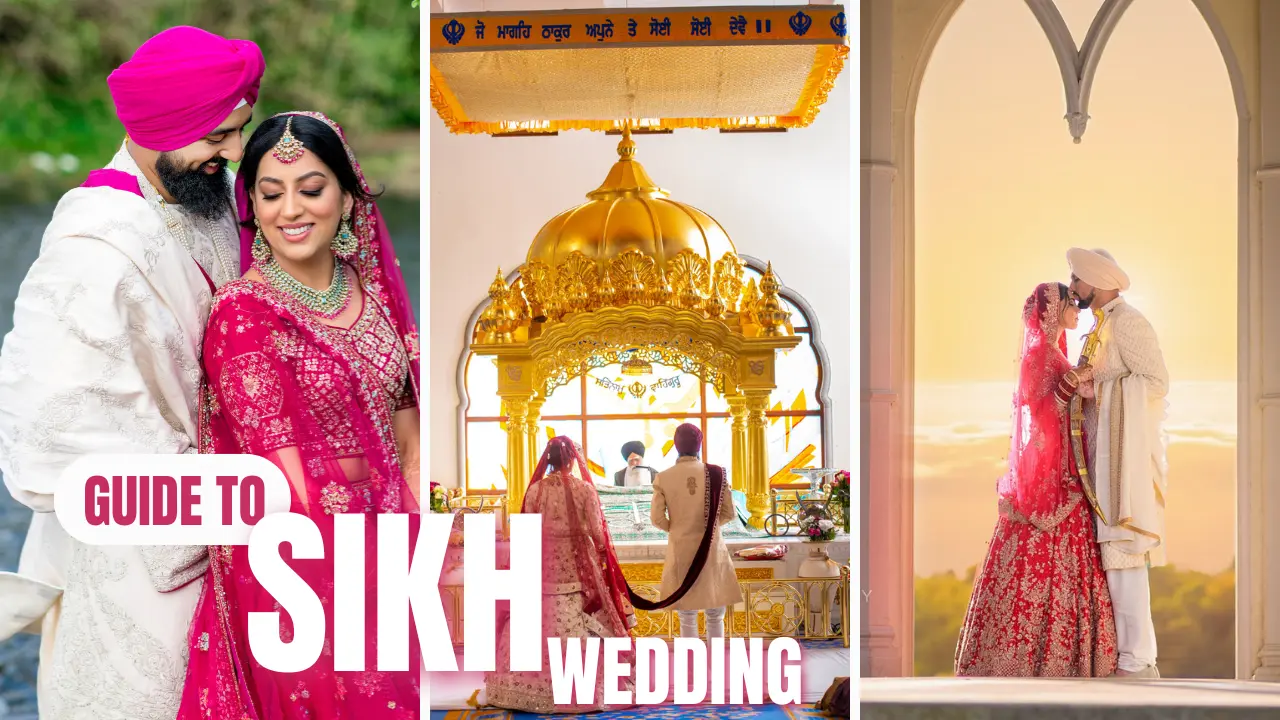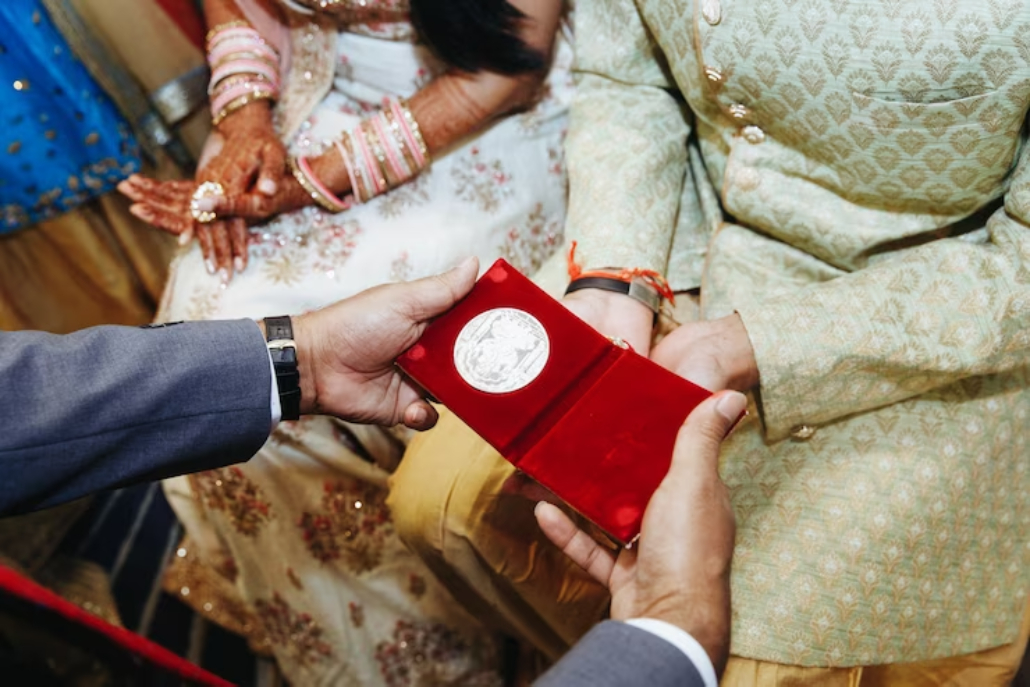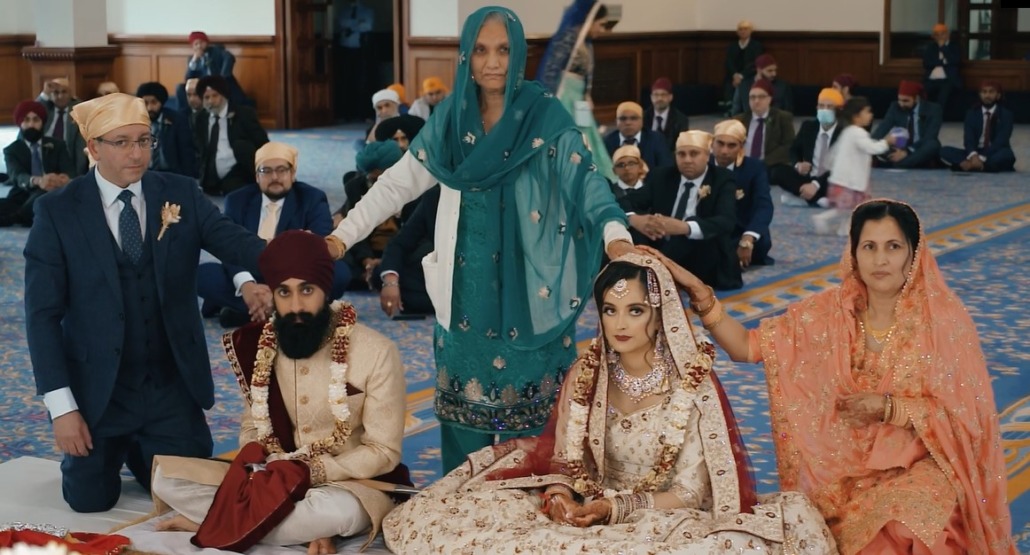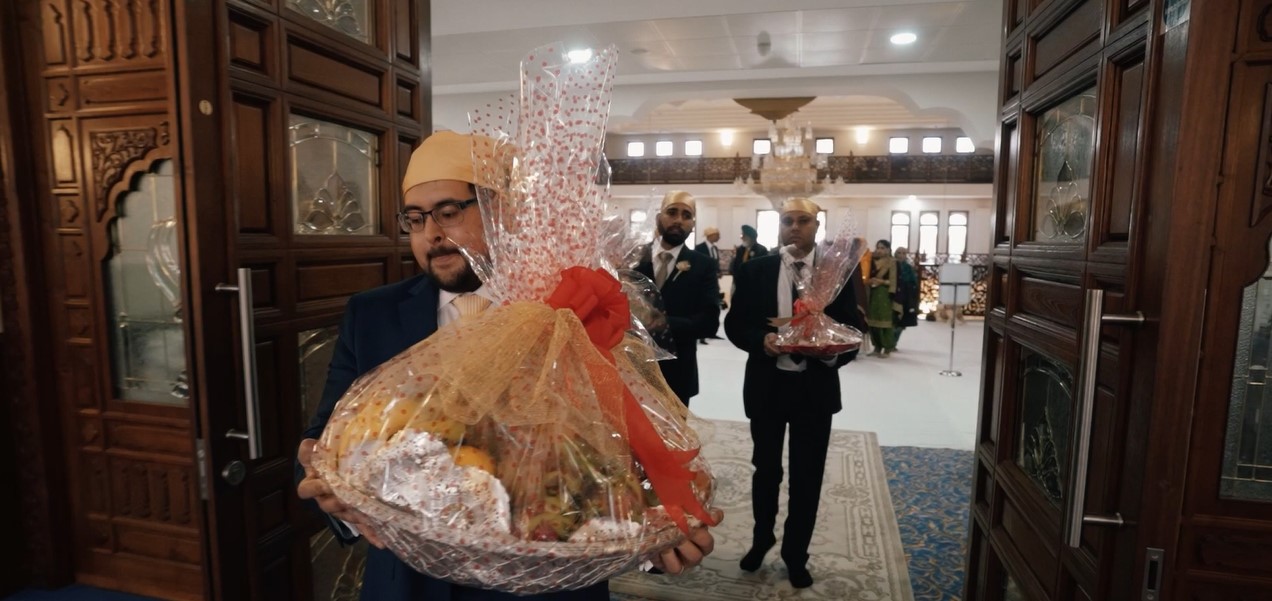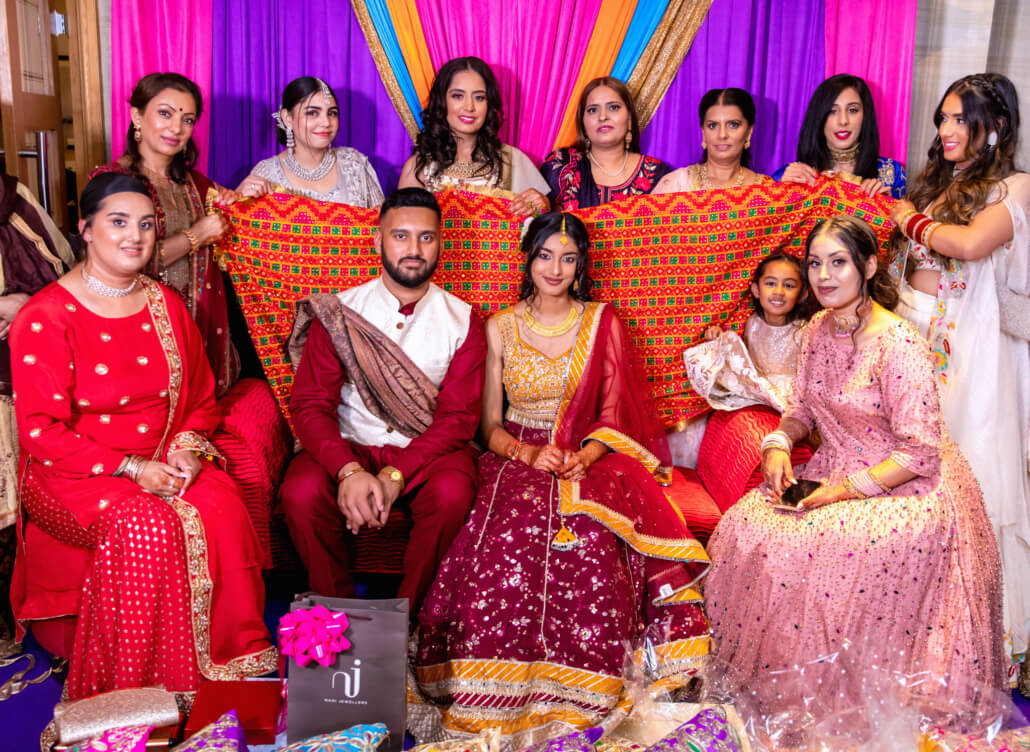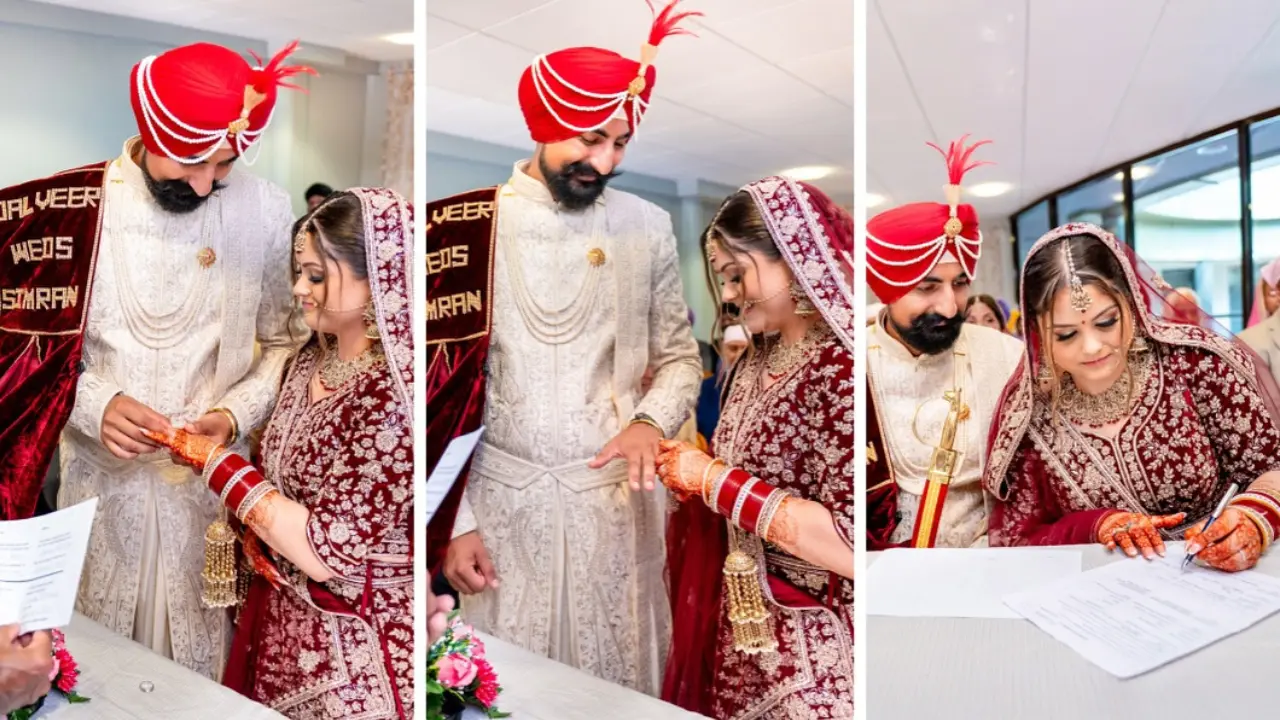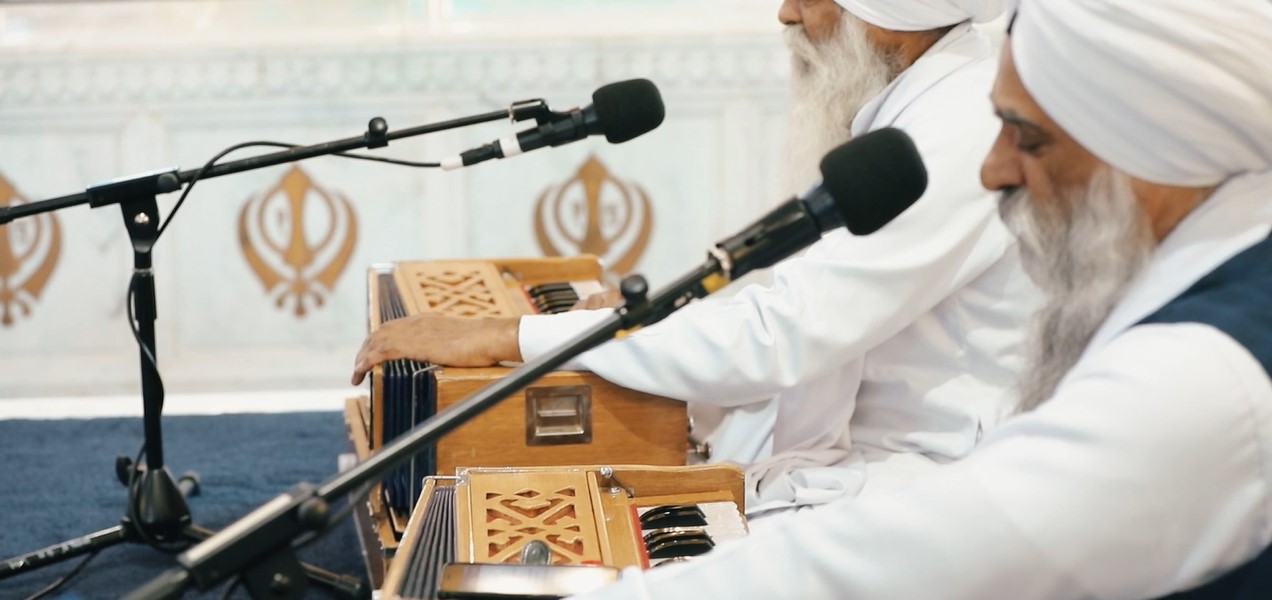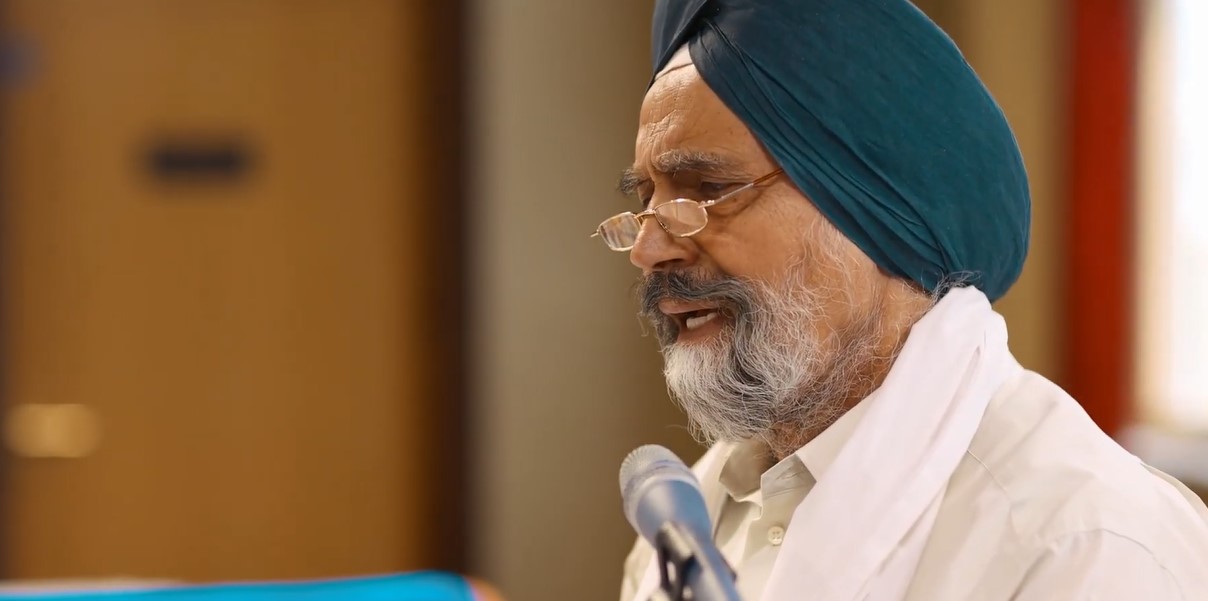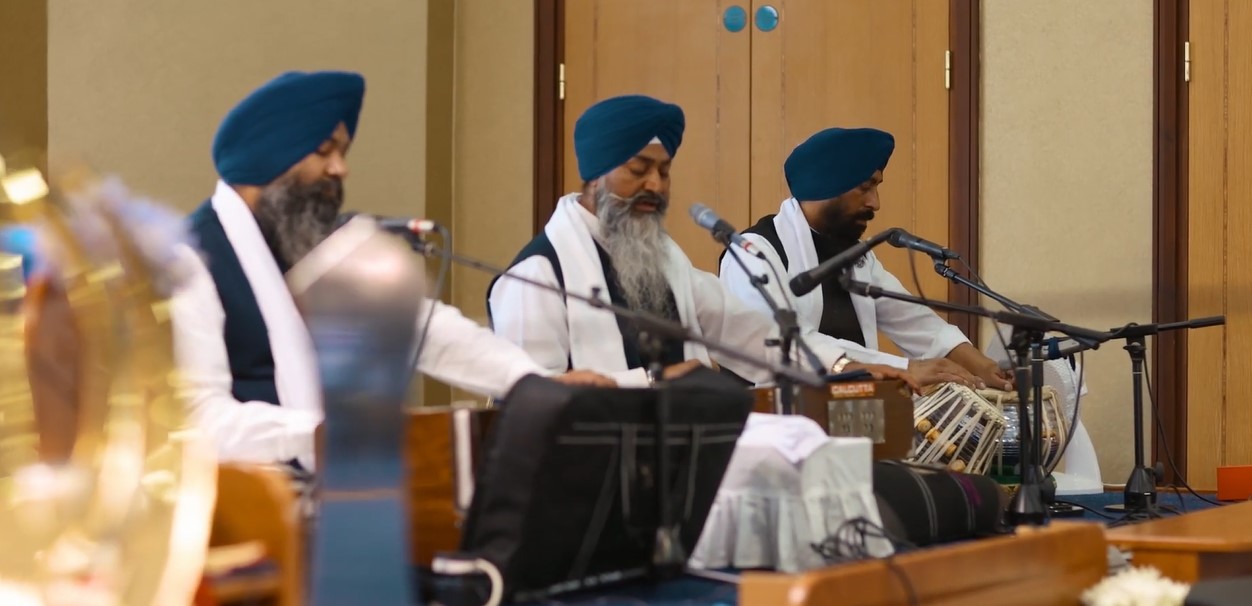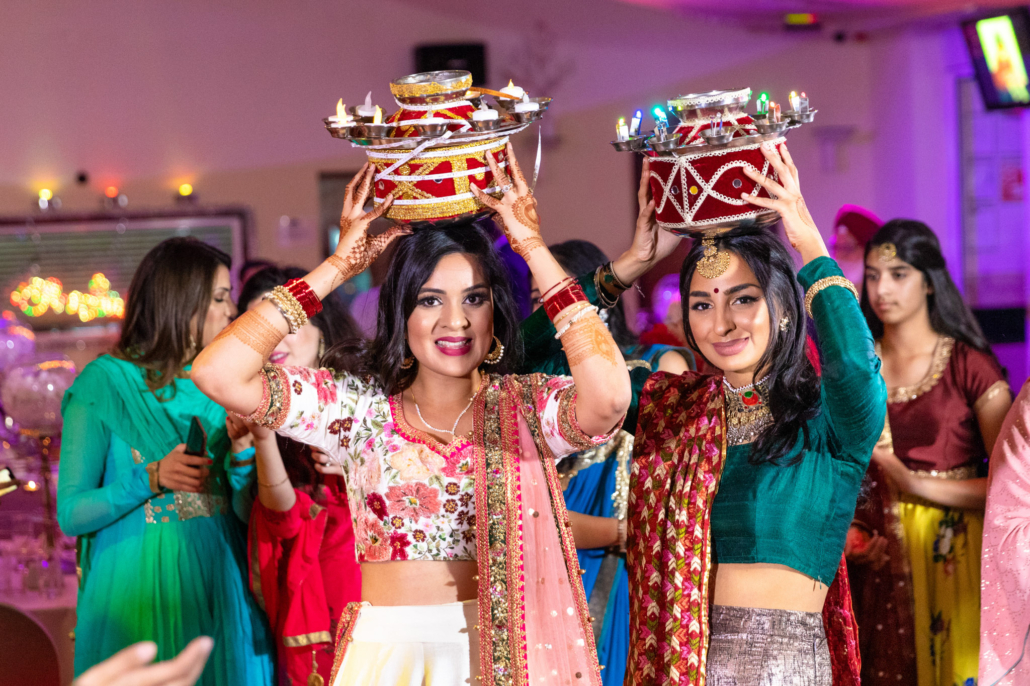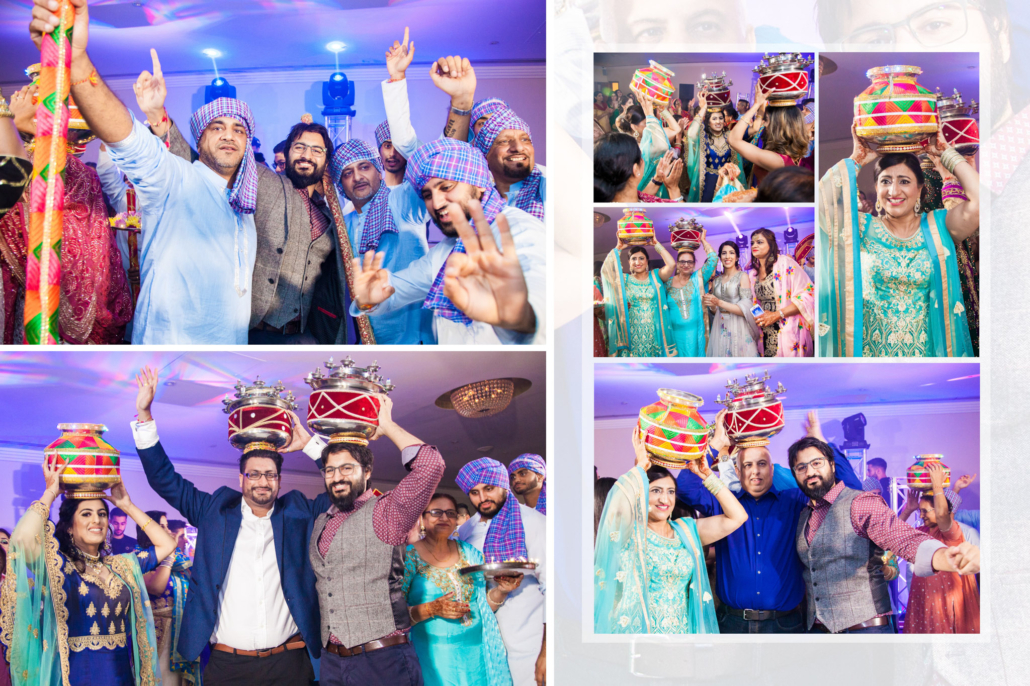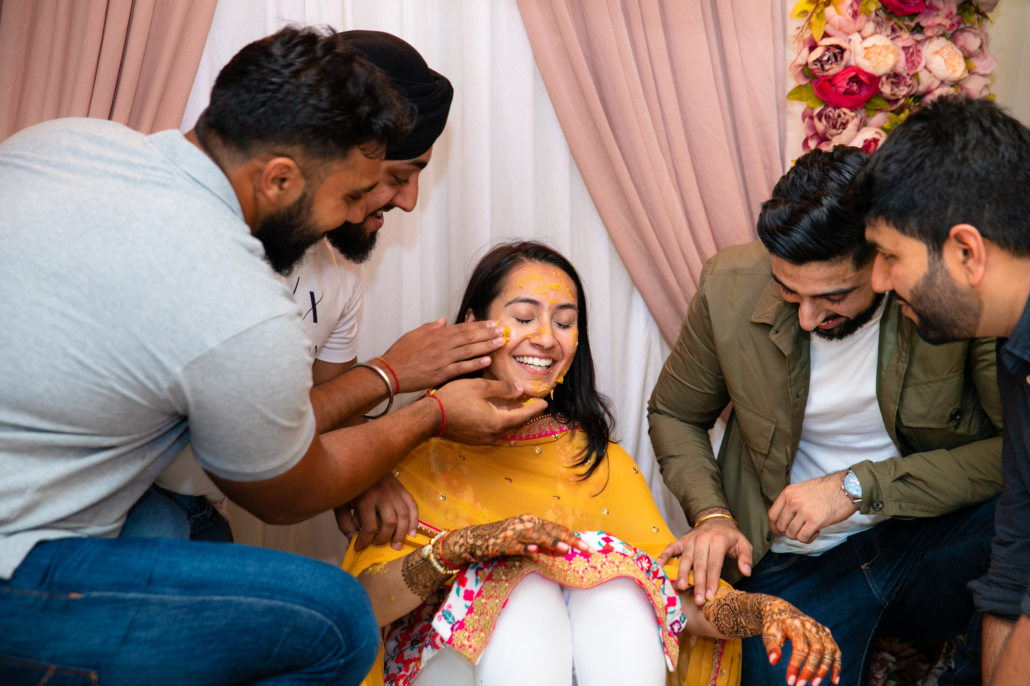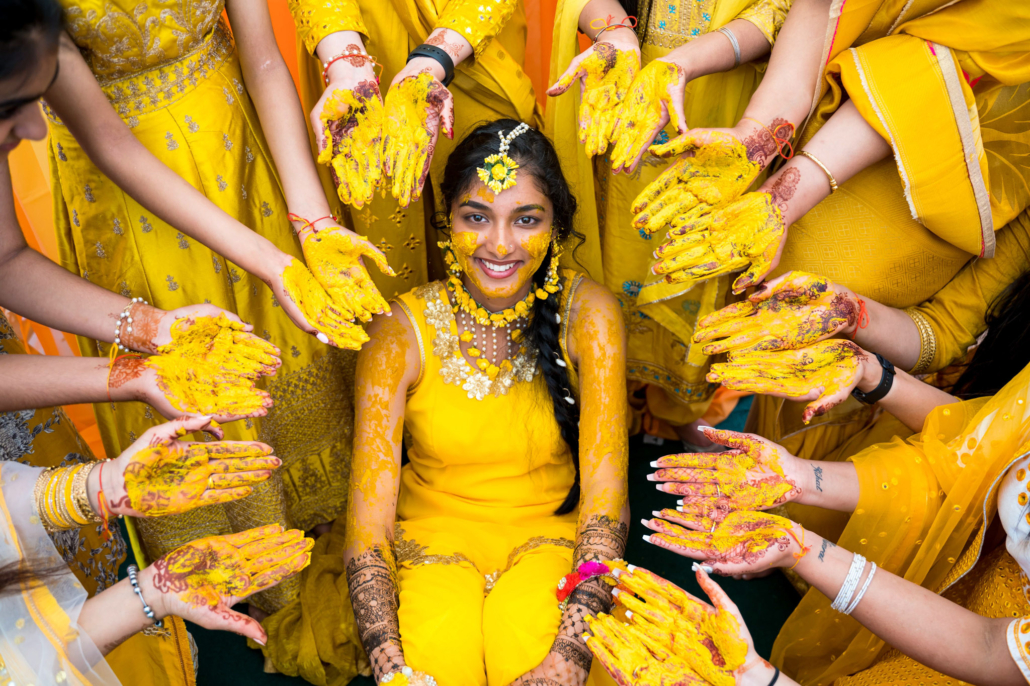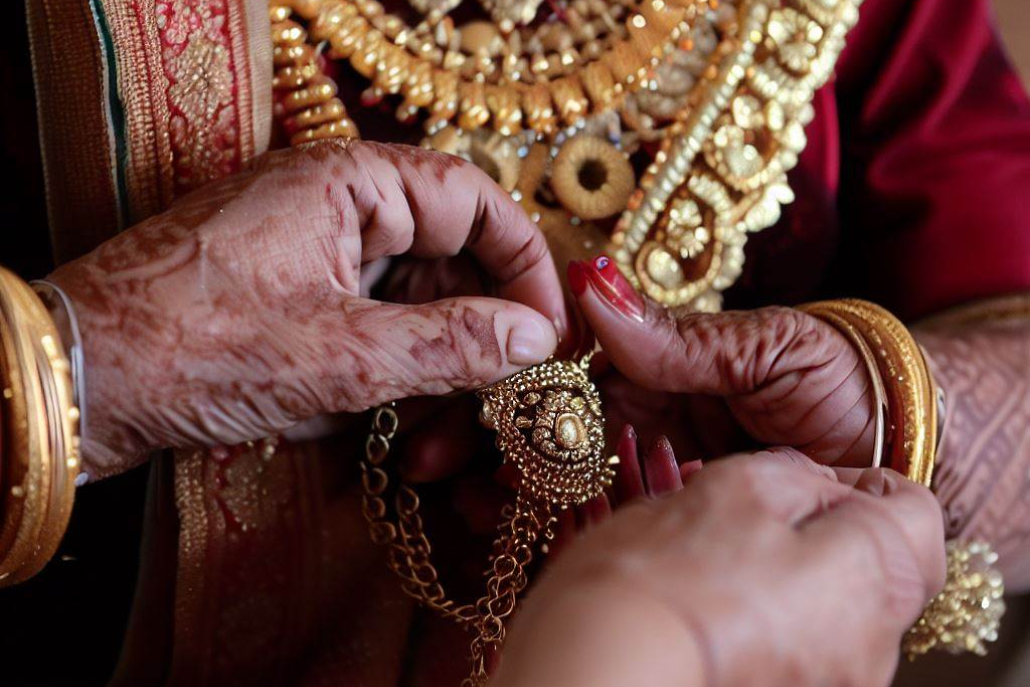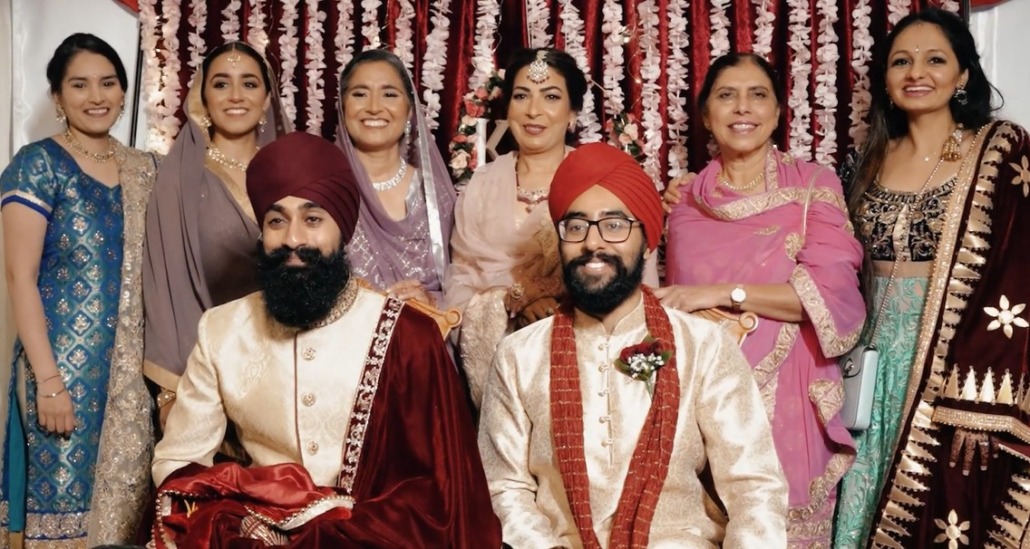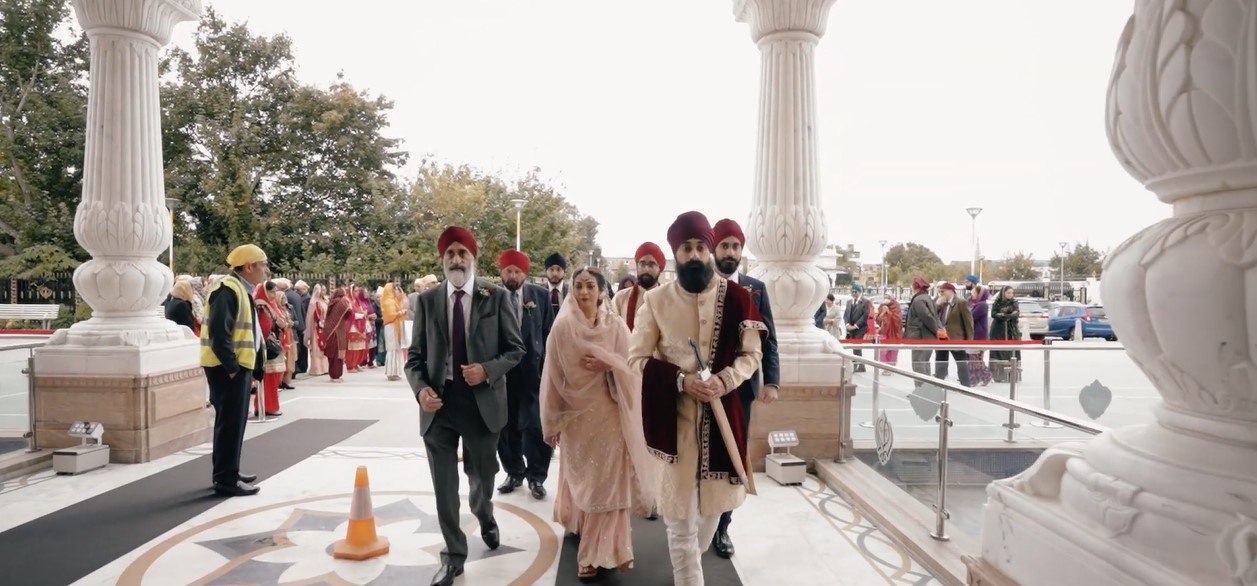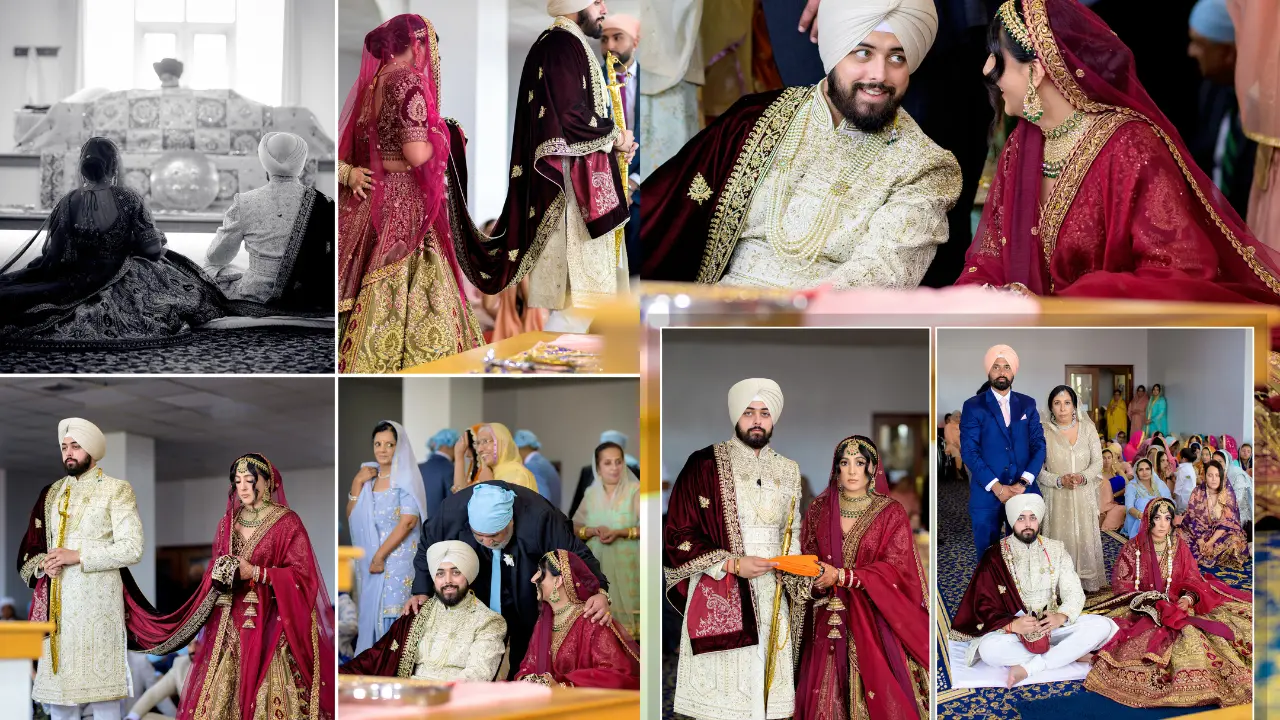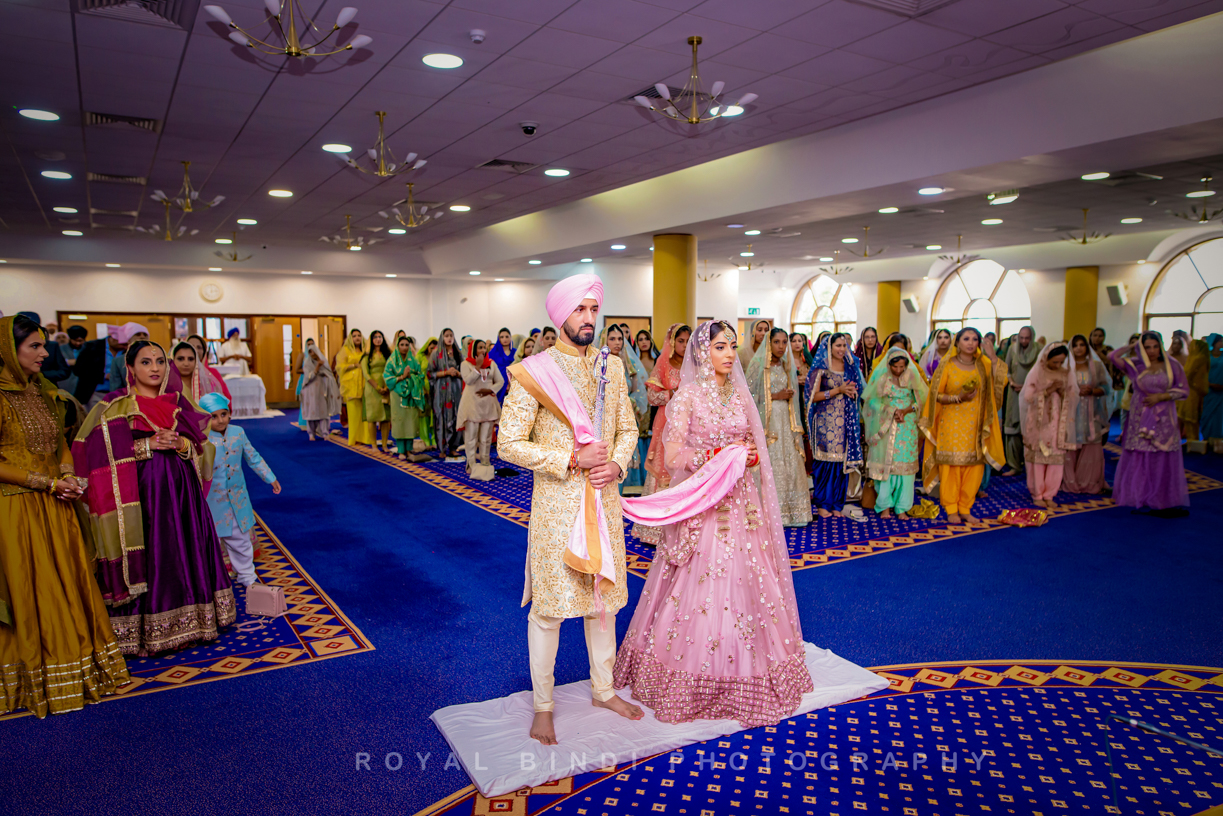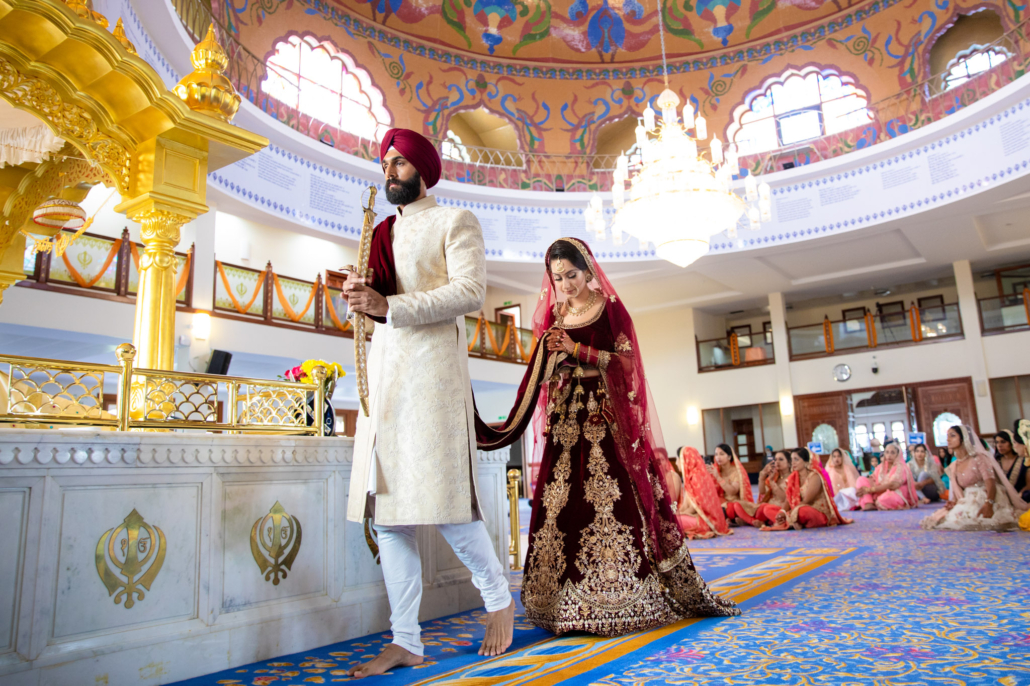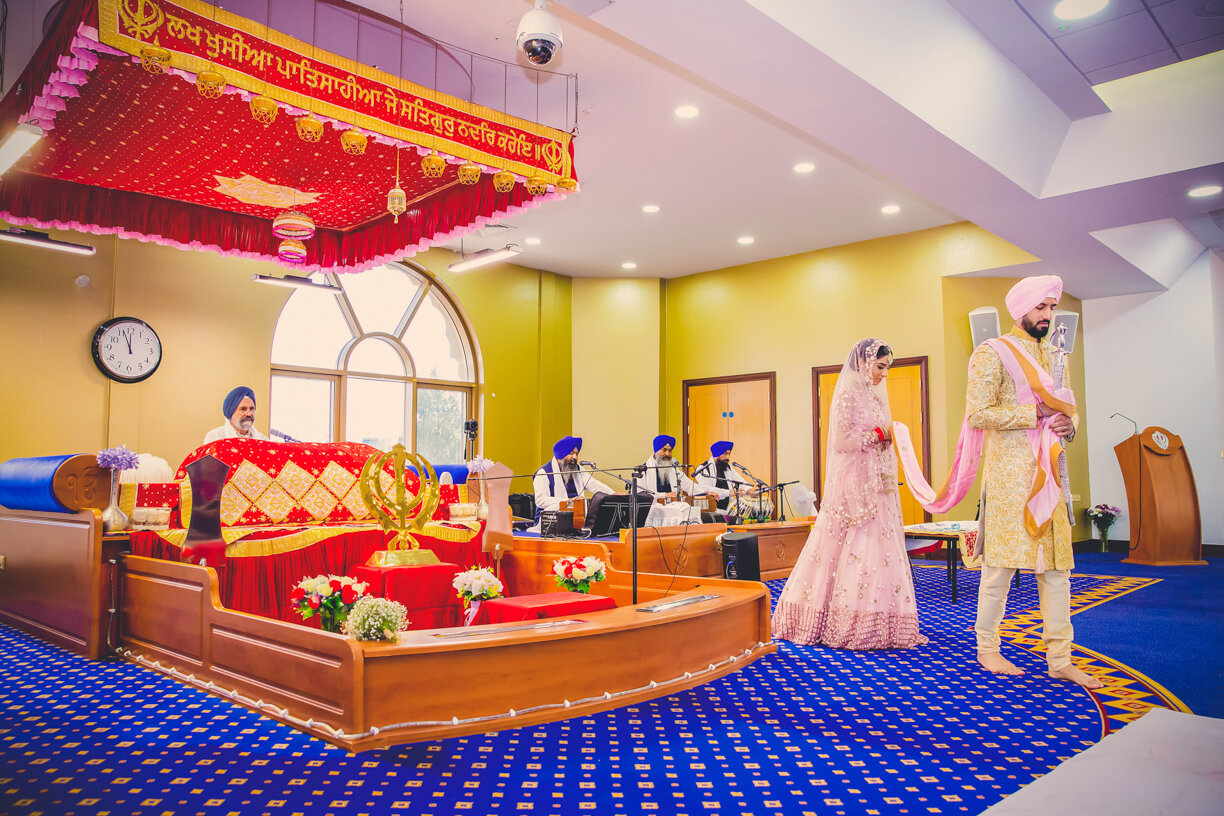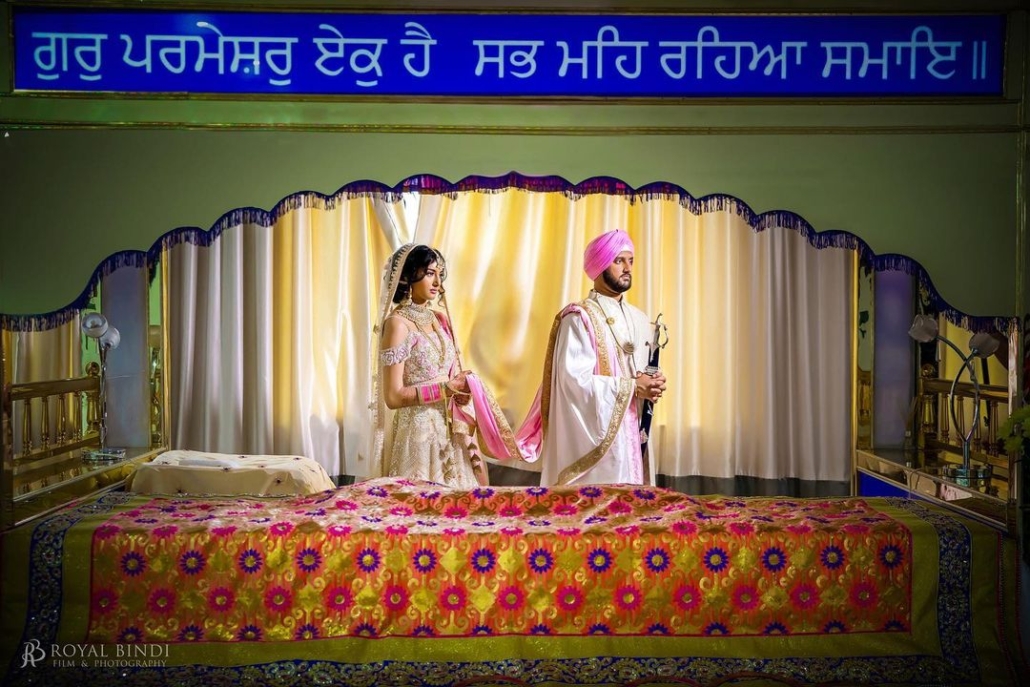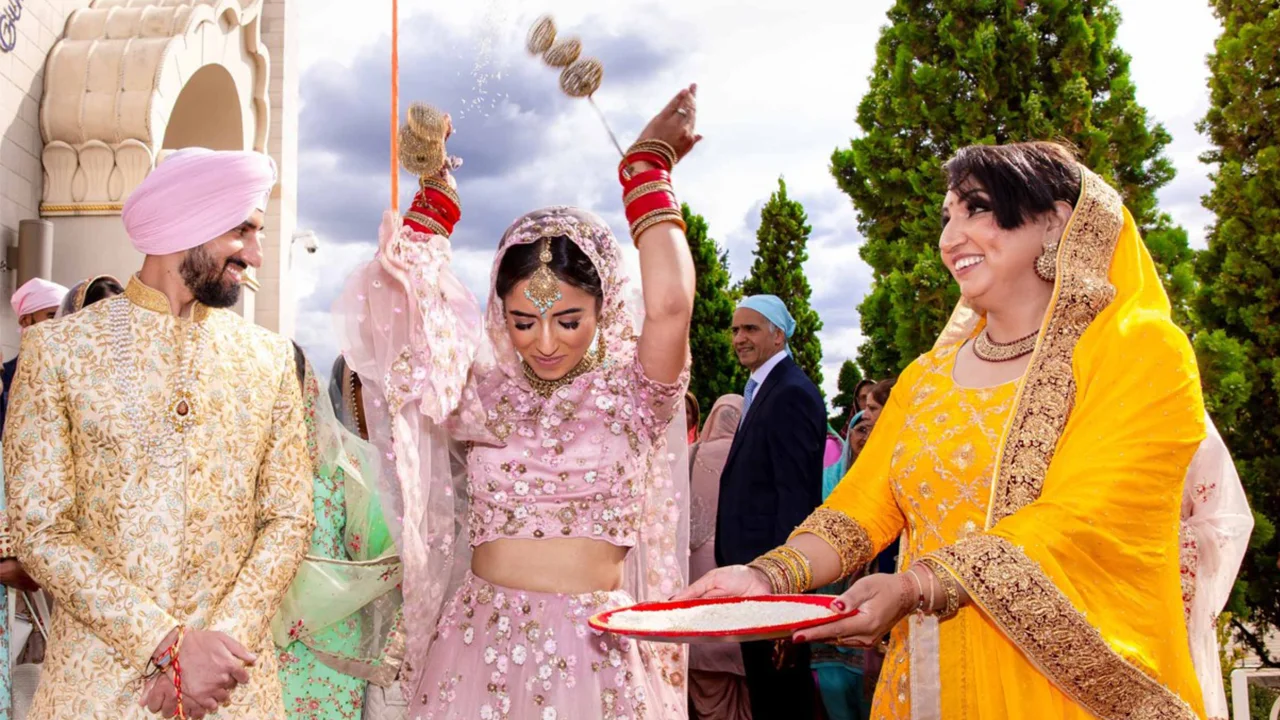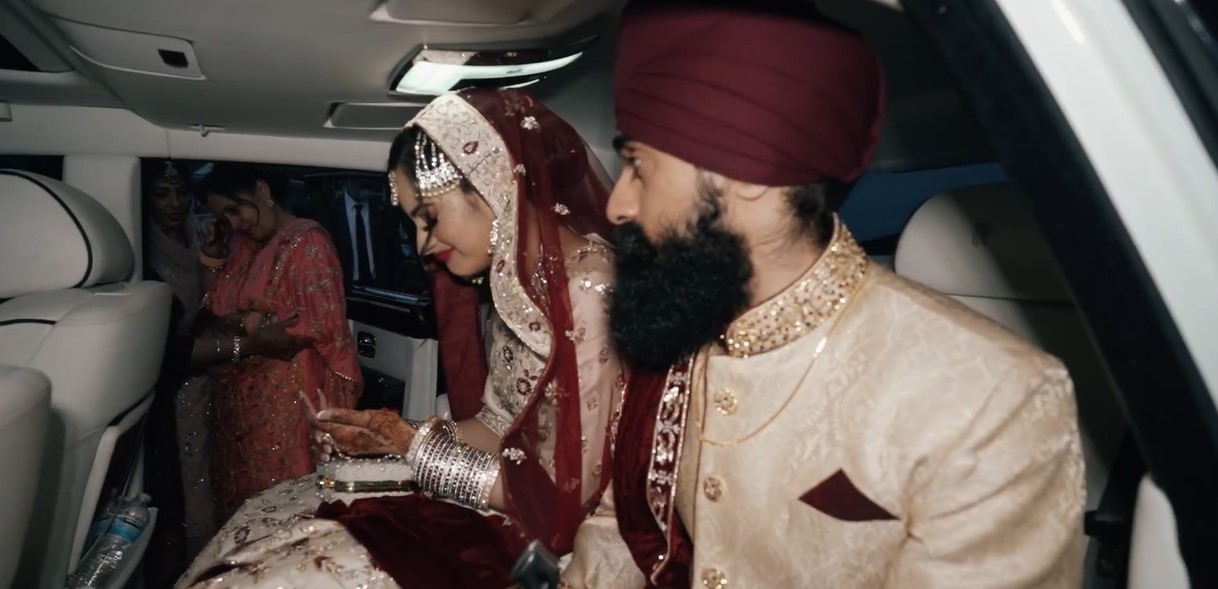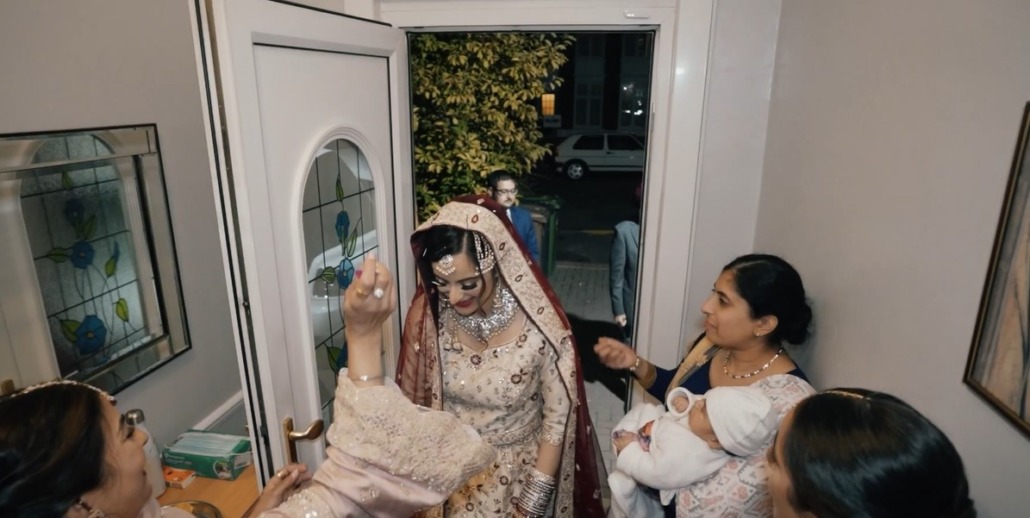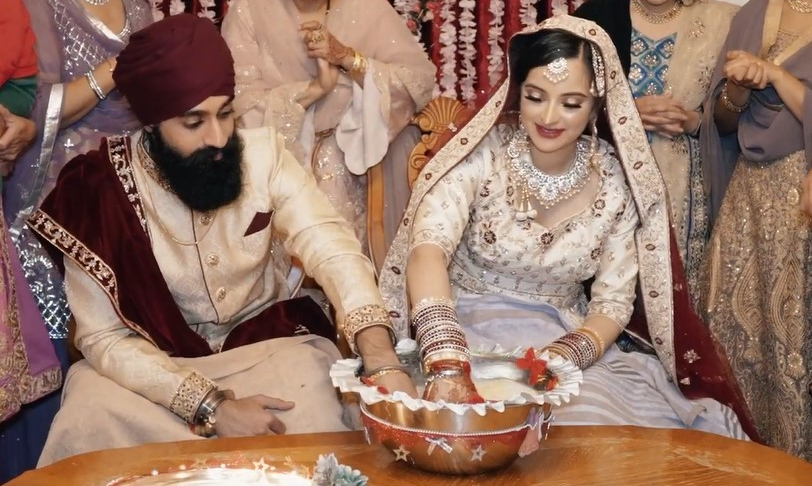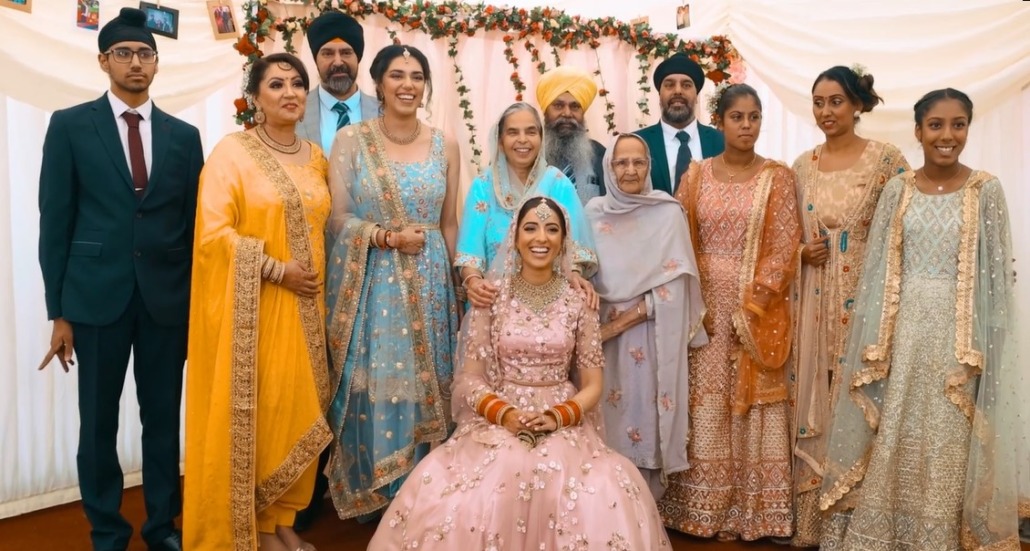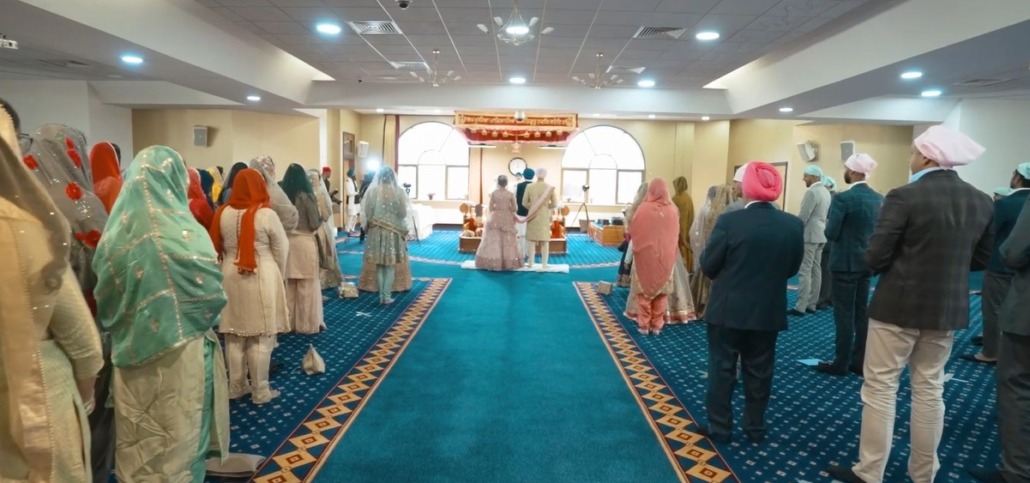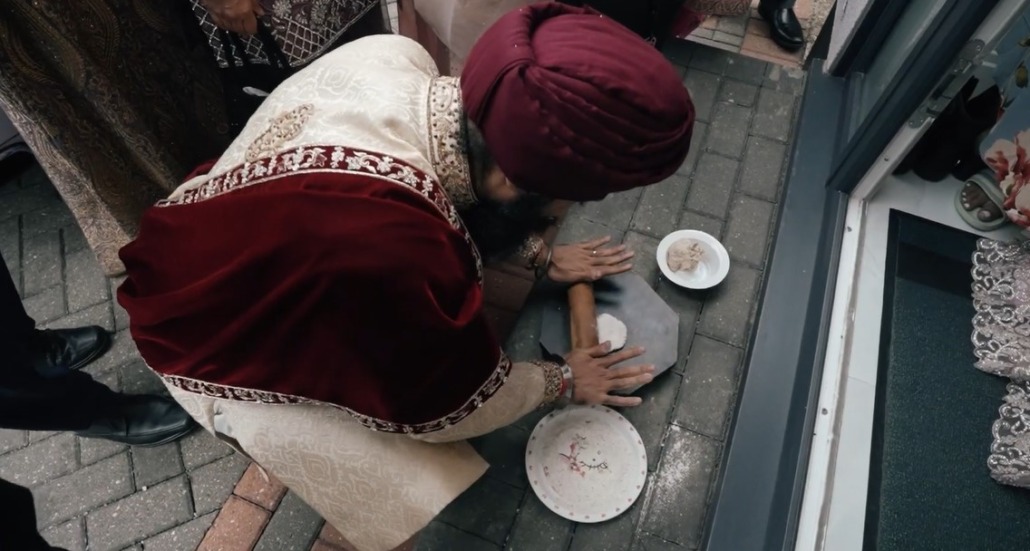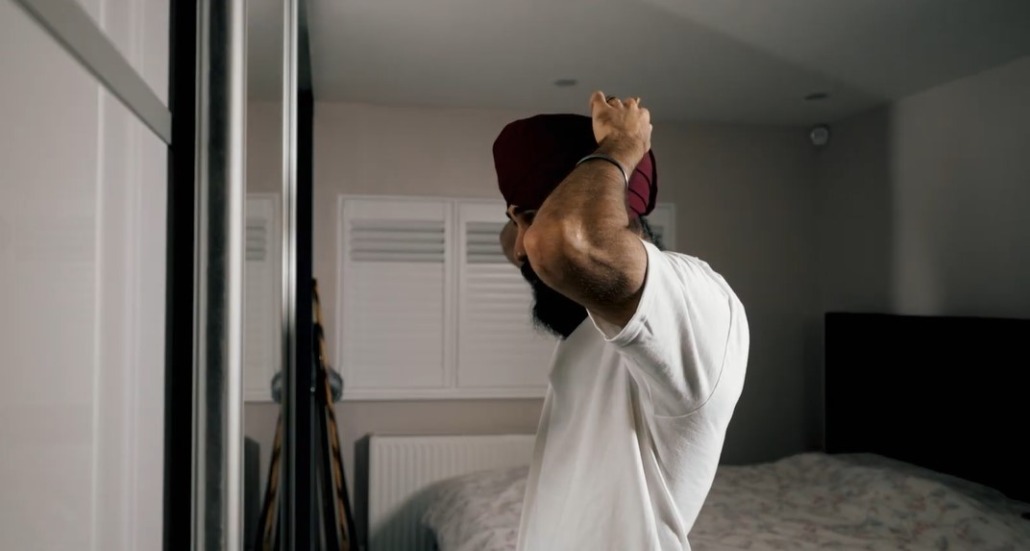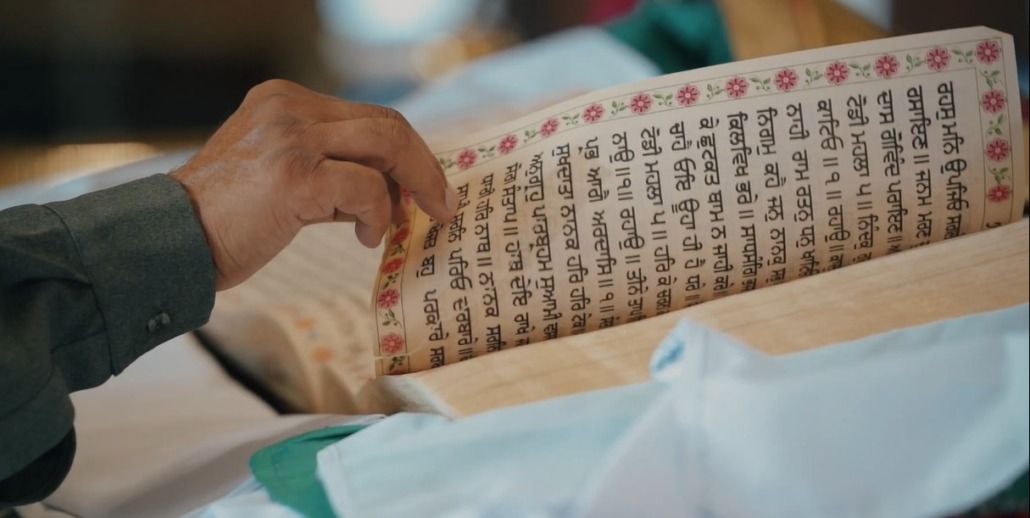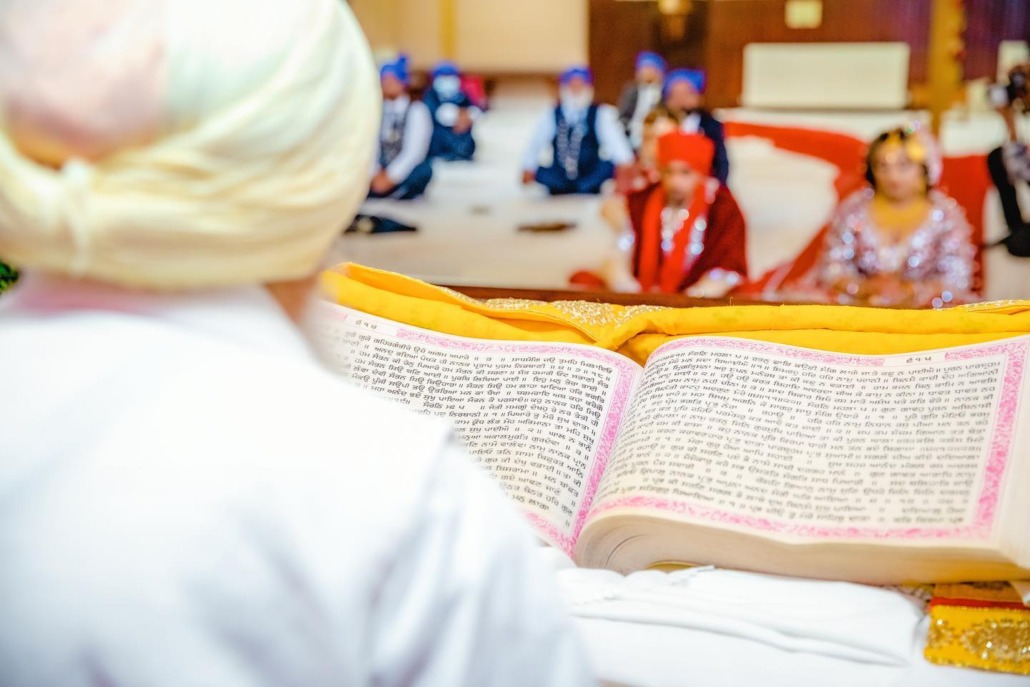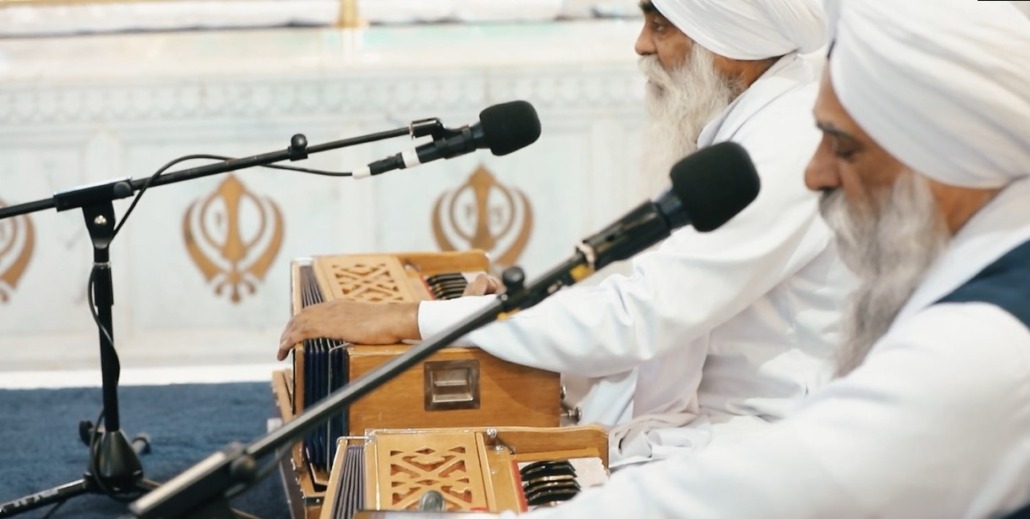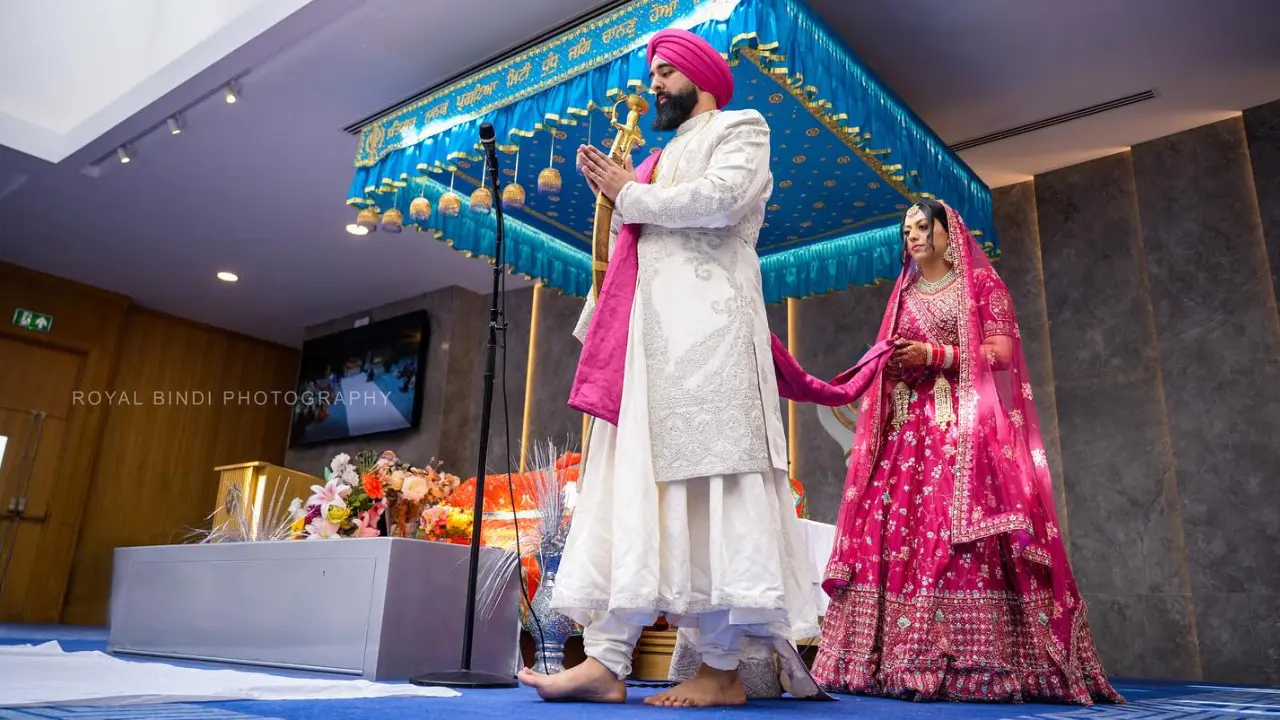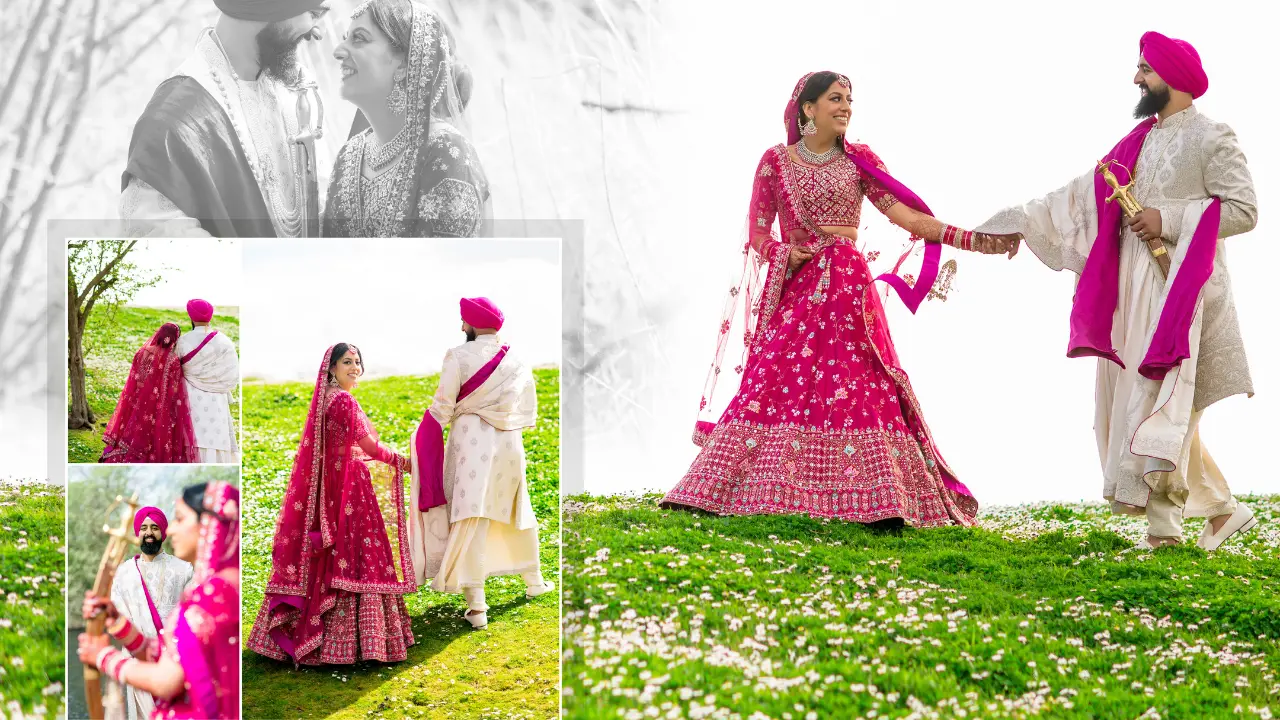Complete Guide to Sikh Weddings in the UK: Traditions, Ceremony & Etiquette
A Celebration of Love, Tradition, and Cultural Richness
Sikh weddings are deeply spiritual, family-oriented events that combine centuries-old customs with vibrant festivities. But when celebrated in the UK, these traditions often meet modern expectations, tighter schedules, and multicultural guest lists.
It’s essential to understand the traditions and etiquette behind this sacred celebration, whether you’re part of the Sikh community, marrying into one, or attending as a guest.
Royalbindi understands the significance of Sikh weddings and the desire to capture every precious moment of this joyous celebration.
Our experienced Punjabi wedding photographer team is dedicated to preserving the essence of Sikh weddings through stunning visuals and heartfelt storytelling.
Here, we delve into the beauty and grandeur of Sikh weddings, exploring their rich traditions, ceremonies, and the unbreakable bond of love that unites two souls.
Sikh Wedding Origin and Cultural Significance
Celebrations are only a part of Sikh weddings, called Anand Karaj (meaning ‘Blissful Union’). These events involve sacred commitments based on Sikh philosophy and the community’s values. The marriage ceremony has its roots in the teachings of Guru Nanak Dev Ji, one of the 10 Gurus who founded Sikhism in the 15th century. The ritual was formalised by Guru Ram Das Ji, the fourth Sikh Guru, who composed the Lavan (the four hymns sung at the Sikh wedding ceremony).
Unlike a Western wedding, focused on legal contracts, the Anand Karaj is a spiritual journey where two souls become one in the presence of Guru Granth Sahib Ji, the eternal Guru of the Sikhs.
It is not just about two individuals coming together, but about the coming together of two families and communities. The Sikh wedding ceremony emphasises equality, humility, and the common purpose of living a spiritual life as one.
If you’re planning a Sikh wedding and want every sacred moment captured beautifully, check out our Sikh Wedding Photography services in London, trusted by couples across the UK for cinematic, high-quality coverage.
Attires and Accessories for a Sikh Wedding in the UK
Sikh wedding attire in the UK is a symbol of tradition, reverence, and festival. The bride may choose to wear a Lehenga, Salwar-Kameez, or Anarkali suit in bright reds, maroons, or pastels with intricate embroidery as she is dressed traditionally. She can also put on Chooda, the red and white bangles, Kalirey (dangling ornaments that are tied to the bangles), and a head covering to be modest in the Gurdwara. The accessories include jewellery, which includes Maang Tikka, Nath (nose ring), and layered necklaces.
In traditional Sikh culture, the groom wears a Sherwani or Kurta-Pyjama with a matching Safa or turban that is colour-coordinated with the bride. They may also have a Kirpan (ceremonial sword) and Kalgi (turban ornament) representing courage and faith.
In the UK, many couples adapt these traditional styles to include modern silhouettes or designer touches while still honouring the cultural roots.
Royal Bindi specialises in Sikh wedding photography in the UK, ensuring every outfit, accessory, and sacred detail is documented with care, elegance, and true cultural insight.

